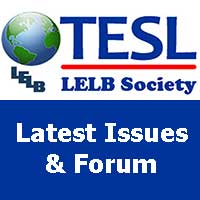After Grammar Translation Method, it emerged in the late 1950s and 1960s. This method is very popular even today. On the foundation of drill-based techniques and exercises.
Acculturation Model and Language-Culture Connection
Acculturation Model Acculturation model is one of the aspects of ‘language-culture connection. Schumann’s Acculturation Model was established to account for the acquisition of L2 by immigrants in majority language settings. It specifically excludes learners who receive formal instruction. In this response, Schumann (1978) states, “… second language acquisition is just one aspect of acculturation and…
